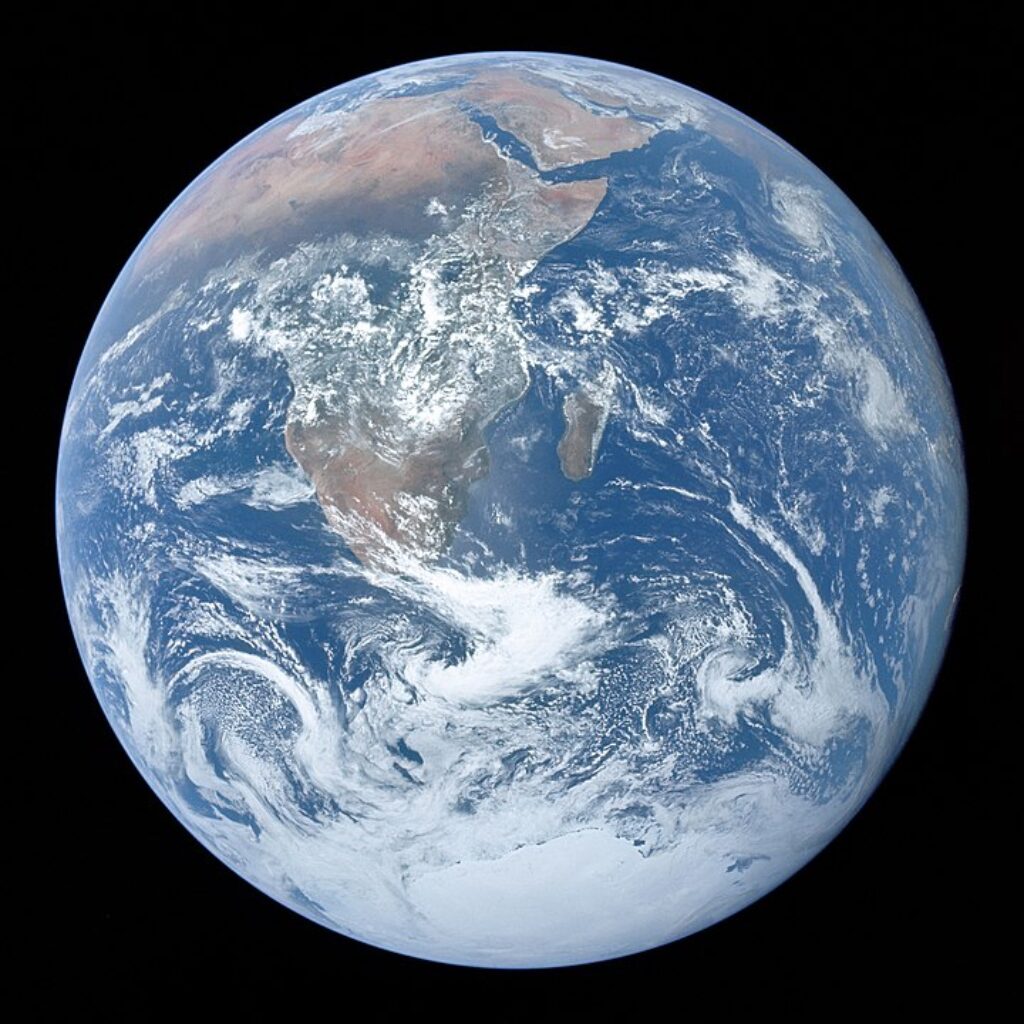How time works? and how human beings prepared the time formats that we use today?
Time is a fundamental concept in physics. It is the measure of the progression of events from the past to the present into the future. It is also a human construct, as we use time to measure the passage of events, to coordinate our activities, and to make sense of the world around us.
In physics, time is often treated as a continuous quantity, but it can also be broken down into discrete units. The basic unit of time is the second. A second is defined as the time it takes for a cesium-133 atom to oscillate 9,192,631,770 times.
(as the duration of 9,192,631,770 periods of the radiation corresponding to the transition between the two hyperfine levels of the ground state of the caesium 133 atom). This is a very precise and accurate definition of a second, and it is used by atomic clocks around the world.
We measure longer periods of time by combining seconds into minutes, hours, days, weeks, months, and years. The length of these units of time is based on the Earth’s rotation and orbit around the Sun.
The first timekeeping devices were based on the Sun and the Moon. Early humans used the position of the Sun in the sky to tell time during the day, and the phases of the Moon to tell time during the night.

Later, humans developed mechanical clocks that used gears and weights to keep time. These clocks were more accurate than sundials and lunar calendars, and they allowed people to keep track of time more precisely.
In the 20th century, electronic clocks and atomic clocks were invented. These clocks are much more accurate than mechanical clocks, and they are used to define the world’s standard time.
The time formats that we use today are based on the Earth’s rotation and orbit around the Sun. A day is the time it takes the Earth to rotate once on its axis. A year is the time it takes the Earth to orbit the Sun once.

We divide the day into 24 hours, the hour into 60 minutes, and the minute into 60 seconds. We divide the year into 12 months, and the month into 28, 29, 30, or 31 days.
The time formats that we use are arbitrary, but they are useful for coordinating our activities and making sense of the world around us. For example, we use time to schedule appointments, to plan events, and to track progress. We also use time to measure the passage of history and to compare different cultures.
The time formats that we use today are the result of centuries of human innovation and cooperation. They are a testament to our ability to understand and harness the natural world, and to create tools that make our lives easier and more efficient.



